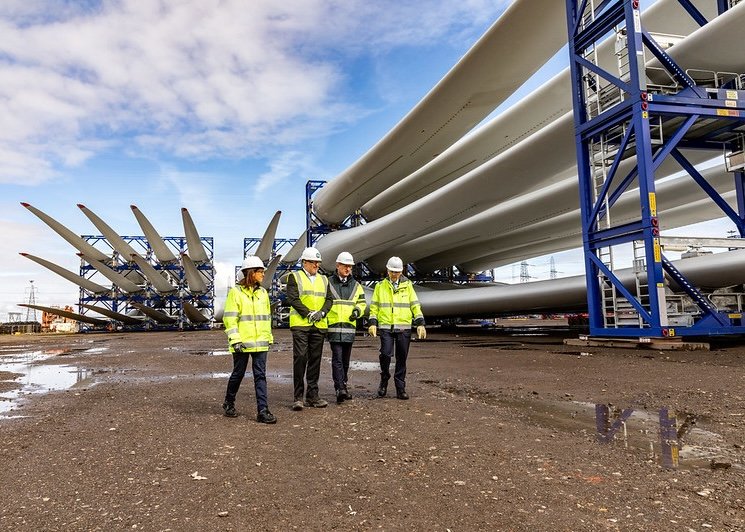
The fourth phase of the world’s biggest offshore wind farm has dropped plans to produce green hydrogen after confirming a connection to the UK power grid.
The two-gigawatt Dogger Bank D project in the British North Sea will connect to National Grid’s Great Grid Upgrade through a 400-kilovolt substation in Yorkshire, joint developers SSE, Equinor, and Vårgrønn announced last week. With the grid connection now approved, “the option to direct the wind energy produced by Dogger Bank D towards hydrogen production, as publicly consulted on in Autumn 2023, has been retired from the project,” the companies said.
“The decision, while a boost for electrification, raises further questions about the pace of hydrogen’s rollout,” Gasworld writes. “The UK government wants 10 GW of low-carbon hydrogen production capacity available by 2030.”
Now, “Dogger Bank D will undertake a site selection process to identify potential cable corridors and where other onshore infrastructure may be sited for the grid connection,” the companies stated.
Dogger Bank “welcomes this confirmation, which supports our ambition to develop this proposed offshore wind farm,” said project manager Rob Cussons. “We are working hard to deliver safe and respectful construction both offshore and onshore, as well as generating socio-economic value for current and future generations.”
offshoreWIND.biz says the project will open consultations later this year “to introduce the connection proposals to the local community.”
The first three phases at Dogger Bank, a sandbank located 70 nautical miles (130 kilometres) off the Yorkshire coast, total 3.6 GW. The first turbine went into service in October, 2023, marking the first use of a 13-megawatt wind turbine supplied by GE Vernova, Equinor said at the time. Full commissioning of the first three phases won’t be complete until 2025 due to delays brought on by weather, supply chain issues, and availability of ships to support the massive construction project.
“Developers say each rotation of the 107-metre-long blades on Dogger Bank’s first turbine could produce enough energy to power the average British home for two days,” writes Melbourne, Australia-based RenewEconomy. “The first three phases will be able to power some six million homes when completed in 2026, from 190 turbines.”
The Norwegian state fossil company said it expects a 35-year lifespan for the project, with operations and maintenance creating about 400 jobs at the Port of Tyne.